Score: 8/10 (Great) Pros Elegant and sturdy build quality, snappy processor, exceptional cameras, great call quality. | Cons Poor placement of physical hardware buttons, terrible viewing angles, fast draining battery is non-removable. | If you saw the hit film Skyfall last year, and you are a nerd like myself, then you probably noticed that James Bond used an Android-powered smartphone during the movie. That phone is the Sony Xperia TL, and we are ready to review it. Although the Xperia TL is currently Sony's latest flagship handset that is available with US carrier, is it truly Bond worthy? Find out in our full review. Design/Build Quality The Sony Xperia TL is 5.09 x 2.65 x 0.37 in inches, and weighs in at 4.8 ounces. The Xperia TL boasts a 4.6-inch screen with on-screen Navigational buttons, so the front of your handset will look clean and simple when the screen is powered off. One thing that I absolutely love about the design of the Xperia TL is it's curved edges. This makes the phone feel great in the hand, and makes it quite premium feeling at the same time. The back of the Xperia TL is made of anodized aluminum , which contributes to the heaviness of the handset. Thankfully, the aluminum design makes up for the extra weight by provided resistance to any scratches or dings. One design aspect that really annoyed me with the Xperia TL, is that all of the physical buttons are on one side of the handset. On the right side of the device is your power/lock buttons, volume rocker, and dedicated camera capture buttons. On the left side is your microUSB syncing/charging port, and that's it. This makes it nearly impossible to slide your finger over the right side of the Xperia TL, and hit the correct button. I often found myself locking the screen
on the device when I meant to change the volume. This caused for a lot of irritation, and turned out to be very annoying during my time with the handset. Hardware The Sony Xperia TL boasts a 4.6-inch screen with a pixel resolution of 1280 x 720 and 323 ppi (pixels-per-inch). Although the 720p HD screen on the Xperia TL is obviously a lower resolution than 1080p HD screens that are quickly becoming more and more common each day, it still looks great. Colors and nice and vibrant, and text is extremely crisp and easy to read. Unfortunately, the Xperia TL has horrendous viewing angles. When looking at the screen head-on, everything looks fine. However, tilting the screen even the slightest bit quickly distorts the resolution. Under the hood of the Xperia TL, you will find a 1.5GHz dual-core Qualcomm SnapDragon S4 processor, along with 1GB of RAM. Although it's not as speedy as many of the handsets out there with quad-core processors and 2GB of RAM, the Xperia TL still proved to be a very snappy device. Games ran fine, Web browsing was extremely smooth, and you can swipe through all of your home screens without a hitch. In terms of it's cameras, the Xperia TL is packing in a 13MP rear-facing camera with LED flash, and a 1.3MP shooter on the front. In our testing, both cameras performed great. While the front-facing camera looks fine, the real star of the cameras is the 13MP one of the back. The rear-facing camera captured extremely detailed and accurate shots, rather you were indoors or outdoors, or had ample or little lighting. I was extremely pleased with the cameras on the Xperia TL, and they are one of my favorite aspects of the device. To get you through your day of use with the Xperia TL, is a non-removable 1,850 mAh battery. In my time with the handset, I got around 7 to 7 and 1/2 hours of use with moderate to heavy Web browsing, taking pictures, playing games, texting, etc. At this day in age of 2013, only 7 hours of use is quite low. If the battery of the Xperia TL was a removable one, I would be able to cut it some slack. However, since it is non-removable, you are stuck with a battery that drains extremely fast if you are a regular user of your smartphone. The Sony Xperia TL also delivers fantastic call quality. Everyone I talked to were loud and clear, and people I talked to reported that I sounded extremely clear as well. The Xperia TL is an AT&T exclusive, which means that you have access to AT&T's ultrafast 4G LTE network. Unfortunately, because of my area of residence, I was not able to test out the LTE network on AT&T. I did have access to standard 4G, which proved to be pretty speedy itself, but still not quite as fast at LTE. Software The Xperia TL is running on Android 4.0.4 ICS and is layered with Sony's custom UI. Although you won' be getting Google Now, "Project Butter", or expandable notifications on the Xperia TL, Sony's UI provides many welcome additions to the Android platform. One of my favorite aspects about Sony's UI are widgets. While widgets are obviously available on every Android smartphone, I really loved the ones that Sony had preloaded on the device. One of my favorites is the Weather widget. The 4 x 1 widget displays the current temperature in your area, along with a pretty animation to go along with it. Tapping the widget will drop down more information, including the temps for the day, night, and a 3-day forecast, all without having to leave your home screen and opening up an app. Mini-widgets are another high point of the Xperia TL's UI. Mini-widgets allow you to open up things such as your calculator, notepad, and camera, all without having to stop what you are doing on your phone. For example, say that you are in the Gmail application checking your emails from the previous day. All of a sudden, you see your cat trying to eat a sandwich. Simply press on your recent apps button, click on the camera icon, and a mini camera will pop up over the Gmail app. You can use the Gmail app like you normally would with the mini-widget open, and use the camera like you normally would in the full camera application. Since the Xperia TL was used in 2012's Skyfall, Sony has included some free James Bond content on the device. This content simply includes trailers, behind the scenes clips, photos, wallpapers, and ringtones that are all from Skyfall. Final Verdict Although the Sony Xperia TL is far from perfection, it's still one heck of an Android handset. The elegant yet sturdy build quality, snappy processor, exceptional cameras, and great call quality make the Xperia TL a joy to use. Unfortunately, the handset is marred with issues such as the poor placement of the physical hardware buttons, terrible viewing angles, and fast-draining battery which is non-removable. However, if you can get over these issues, and remember that this device is currently selling for free with a new two-year service agreement on AT&T though Amazon, you will most likely love the handset. So, is the Sony Xperia TL truly James Bond worthy? Despite our issues, we say yes. DISCLAIMER: Joseph Maring used the Sony Xperia TL for 10 days before beginning to write his review of the device. Sony sent us the Xperia TL to review, but in no way affected our final score of the handset.
Score: 9/10 (Fantastic) Pros Clean and simple design, great print quality, excellent touchscreen, unbeatable price | Cons Tray is limited to holding 80 sheets of paper at a time, tricky to insert memory cards, | The HP Photosmart 5520 is an excellent printer. It’s very easy to set up, has a simple, yet elegant design, intuitive touchscreen, e-print functionality, and great print quality. The 5520 is packing all of these features into a printer
that’s selling for a mere $109. Is the 5520 worth it’s extremely small price tag? Find out in our full review.
Design/Build Quality The HP Photosmart 5520 has a very clean, yet elegant design. The 5520 is covered in a simple, black color scheme and has nice rounded corners that don’t attract too much attention towards the printer. The top of the printer opens up very easily to reveal the copy and scan functions of the 5520. The front of the device is home to the 5520’s 2.5-inch touchscreen, and below that you will find the loading tray for your paper. One of the downsides of the paper loading tray is the fact that it is limited to holding 80 pieces of paper. This really limits the amount of continuous printing that you can do without having to reload the printer with paper. The print stopper also feels a bit flimsy as well. To the left of the loading tray, you will find a small hatch that opens up to reveal a single memory card slot. What’s great about the card slot of the 5520, is that it can read both SD and MemoryStick cards. Although the dual-functionality of the card reader is very convenient, inserting the cards into the slot can be quite difficult. The cards will only enter properly if you insert them at a very precise way.
Despite these complaints, the 5520 is an excellently designed product. It feels sturdy, all of it’s functions are laid out nicely, is easy to look at, and doesn’t draw a lot of unwanted attention to itself. Hardware One of my favorite features of the HP Photosmart 5520 is it’s e-print function. E-print allows you to print anything off your printer, no matter where you are? How does it work though? It’s actually quite simple. Once you get your 5520, and
sign onto your account on HP’s website, your printer will be given a random email for itself. By sending emails to the address that is assigned to your printer, your printer will print out whatever you type up in your message. The Photosmart 5520 also has excellent print quality, while not sucking up too much of your precious ink. Colors are very accurate, pictures are detailed, and after printing numerous text documents and high quality images on photo paper, the ink cartridges were still less than half empty.
The 5520 can also function as both a copier and scanner. Both of these features work just as you would expect them to, and worked flawlessly in our time with the printer. Software The Photosmart 5520 features a 2.4-inch touchscreen display that acts as the main control center for the printer. From the touchscreen, you access the printer’s photo, copy, and scan settings. One of my favorite features of the 5520 is Quick
Forms. Quick Forms allows you to print notebook paper, calenders, mazes, music paper, and more, straight from the touchscreen on the 5520. The 5520 can also be connected to the Internet to download it’s own applications. There are a handful of apps you can download straight from the printer, such as NBC News, Crayola, 7-Day Planner, etc., but you will have to go to HP’s website to view the full selection of apps that are available for the printer. Final Verdict Overall, the HP Photosmart 5520 is an excellent printer. It has an attractive design, great print quality, doesn't suck up a lot of ink, has the very awesome e-print feature, a very intuitive touchscreen, and a very attractive price of only $99 on HP's website. As long as you can overlook the design flaws with the memory card slot and paper loading tray, you will be very happy with the Photosmart 5520. If you are in the market for a sexy, powerful, and cheap printer, look no further than the HP Photosmart 5520.
DISCLAIMER: Joseph Maring used the HP Photosmart 5520 for 35 days before beginning to write his review of the device. HP Sent us the Photosmart 5520 for review, but in no way affected our final score of the printer.
Author: Joseph Maring
Score: 8/10 (Great) Pros Extremely thin and light, snappy processors, good cameras, removable battery great price, one of the few Android 4.0+ handsets on MetroPCS | Cons Low screen resolution, poor call quality, terrible reception with MetroPCS. | While handsets such as the Samsung Galaxy S4, HTC One, and Apple iPhone 5 seems to attract all of the attention in the smartphone market, there are a lot of really great mid-range handsets currently available that don’t force you to sign a
two-year service agreement. Handsets such as the LG Spirit 4G offer really good specifications at a very low price and, best of all, you won’t be tied down with it for two years. Although it may not have quad-core processors and a 1080p HD
display, the LG Spirit 4G is still a very reliable Android handset that might be perfect for first time smartphone buyers, or anyone looking for a handset at a really great price. Let’s find out why in our full review. Design/Build Quality At just 5.08" x 2.61" x 0.37" and with a weight of only 4.3 oz, the LG Spirit 4G is extremely thin and lightweight. The back of the Spirit 4G is made of a textured plastic. While the plastic makes it feel a bit cheap, it contributes greatly to the lightness of the device, and the textured design also makes it quite pretty to look at.
The LG Spirit 4G also feels like a fairly sturdy handset. Despite it's lightweight, the LG Spirit 4G holds up quite nicely through constant day-to-day use. The Spirit 4G's screen is also made of Corning Gorilla Glass to ensure that your screen stays pretty, and doesn't get scratched up. Hardware The LG Spirit 4G has a 4.5-inch TFT display with a pixel resolution of 960 x 540. While colors are vibrant and text is easy to read, icons appear fuzzy when looking too closely at them. If you've used any handsets with 720p or 1080p HD displays, you will be able to notice the drop in resolution on the Spirit 4G. However, for the price that the Spirit 4G is selling at, you can't expect the absolute best looking screen. When you remember the price you are getting this handset for, it's a little easier to accept the screen for what it's worth. Under the hood of the Spirit 4G, you will find a 1.2GHz dual-core Qualcomm SnapDragon processor and 1GB of RAM. In our testing, the Spirit 4G actually pushed out some pretty great processing speeds. Swiping through your home screens and applications is very smooth, games ran pretty good with little to no hiccups, and Web browsing ran almost flawlessly. Although quad-core processors and 2GB of RAM seem to be the rage nowadays, the Spirit 4G is still a very capable handset, and should have all the processing power you will need for a prepaid smartphone. The LG Spirit 4G is equipped with a 5MP rear-facing camera with LED flash, and a 1.3MP shoot on the front. In our testing, the Spirit 4G actually delivered some pretty good looking photos, considering it's low megapixel count and price. Although it may not take the best images, colors were very accurate, detailed, and weren't over saturated or under saturated. To get you through your days of use with the handset, the LG Spirit 4G features a 2,150 mAh removable battery. In our testing, we were able to get through about two days of use with on the Spirit 4G with moderate texting, Web browsing, and application use. My favorite part about the Spirit 4G's battery though is the fact that it is removable. If for some reason the preinstalled battery isn't big enough for you, or you want to carry around a spare battery just in case, the Spirit 4G gives you the ability to swap out different batteries as you see fit. The LG Spirit 4G comes equipped with only 4.3GB of internal storage. Thankfully, you do have an option to expand your memory up to 32GB. You can also free up some internal memory on the handset by having the option to delete some of the bloatware that is preinstalled on the phone (more about that in our Software part of the review). The LG Spirit 4G is running on MetroPCS's service. While I don't usually take points away from a phone because of it's service provider, I had to make an exception for the Spirit 4G. I took the Spirit 4G with me on my vacation to Florida and, from Lawrence, MI to Panama City Beach, FL, I had a 1X data connection the entire time. Even after traveling though 5 different states, I never got a chance to test out the 4G LTE data speeds, one of the biggest selling points of the Spirit 4G.
In terms of call quality, I was also a bit disappointed. Aside from the horrible service reception, the call quality on the handset itself was quite poor as well. While people I talked to said that I sounded fine on their end, I sometimes could hear my voice echoing when listening closely. Software The LG Spirit 4G is running on Android 4.0.4 ICS, and is layered with LG's own Optimus 3.0. While many people often criticize LG's UI to be too cartoony and obtrusive, I personally have become quite fond of it. One of the many great features in the UI is Quick Settings. At the top of your notifications bar, you have access to thing such as your Wi-Fi, Brightness, GPS, QuickMemo, and more. What's great about Quick Settings with the Optimus 3.0 UI is that you have the ability to rearrange the settings that are displayed in your notifications bar.
The Optimus 3.0 UI also allows you to change the icons on your home screen. After holding down on an icon, simply tap on it again, and you will be presented with a list of additional icons that you can change the selected one to. LG also allows you to change your transition effect when swiping though your home screens. The big focus with LG's Optimus 3.0 UI seems to be customization, and I absolutely love it. Another popular feature with LG smartphones is QuicMemo. QuickMemo is LG's own note-taking feature that allows you to make handwritten notes on a blank piece of notepaper, or whatever is display on your handset. While QuickMemo is a very useful addition to the software, it is often quite difficult to write eligible notes without a stylus. Final Verdict If you are in the market for a cheap, reliable smartphone, or you know someone who is looking to get their very first smartphone, the LG Spirit 4G makes for a great choice. The Spirit 4G offers a thin and light design, 4.5-inch screen, snappy processors, good cameras, and a rich user experience with LG's UI. Although the screen resolution isn't that great, and the call quality is quite poor, the Spirit 4G is still a great prepaid handset. And for the price of just $219.99 after a $50 mail-in-rebate, the Spirit 4G is an absolute steal. Just make sure MetroPCS has good coverage in your area of residence before deciding to purchase it. DISCLAIMER: Joseph Maring used the LG Spirit 4G for 17 days before beginning to write his review of the device. MetroPCS sent us the Spirit 4G for review, but in no way affected our final score of the handset.
Author: Joseph Maring
Score: 9/10 (Fantastic) Pros
Fantastic design, gorgeous display, incredible processing speeds, Android 4.1 Jelly Bean, hard-to-beat price | Cons Rear-facing camera is unimpressive, short battery life, | Although the LG Optimus G Pro is nearly hear, the original Optimus G is still a fantastic handset. The Optimus G is still rocking quad-core processors, a beautiful 4.7-inch HD display, has a beautiful design, and is running on Android 4.1 Jelly Bean. While the Optimus G Pro is certainly a superior device in many ways, you can currently pick up the LG Optimus G on AT&T from Amazon for only $59.99 with a new two-year service agreement. For the price, is it still worth getting an Optimus G, or should you wait for the Optimus G Pro? Find out in our full review!
NOTE: Parts of this review have been taken from our review of the LG Optimus G on Sprint Design/Build Quality The LG Optimus G is easily has the best design of a smartphone I have tested to date. The Optimus G looks and feels like the premium device it is with it's 4.7-inch screen with Corning Gorilla Glass 2 and glass backing. The Optimus G is also very slim and lightweight with a width of 2.71" and weighing in at only 5.11 oz. The Optimus G feels downright fantastic in the hand and is one of the most premium feeling handsets I have ever tested. The Optimus G also has a very strong build quality. Corning Gorilla Glass 2 is one of the strongest displays available for smartphones out there. After my 2 weeks with the device, there was little to no visual signs of wear and tare. My only real complaint with the build quality of the Optimus G is the glass backing. While it is extremely durable, it attracts a ton of fingerprints. After cleaning the device with an alcohol wipe, the back was loaded with fingerprint marks within a matter of minutes. Aside from that though, I could not find anything wrong with the design or build quality of the device. The Optimus G is already off to a fantastic start. Hardware One of the many highpoints of the Optimus G is it's processing power. Under the hood is a 1.5GHz quad-core Qualcomm SnapDragon S4 Pro processor and 2GB of RAM. What does that mean? It means that this thing is a processing beast. The Optimus G will be able to keep up with everything you throw at it, and then some more after that. The Optimus G was able to keep up beautifully with everything I ran on it and, no matter how hard I tried, I could not make the phone slip under pressure. Along with it's incredible processing power, the Optimus G also packs in an equally impressive display. The Optimus G has a True HD IPS screen with a resolution of 1280 x 768 with 318ppi (pixels-per-inch). While it is true that there are smartphones out there with higher resolution displays, the Optimus G still has a gorgeous looking screen. Colors are extremely vibrant, text is easy to read no matter how far your are zoomed in, and everything on it just looks plain great. When reviewing a phone, it can be hard to overlook how the actual "phone" part of the phone operates. Thankfully, the Optimus G has fantastic call quality. Everyone I talked to said that I sounded great and the same goes for the individuals that I talked to on my end. AT&T's 4G LTE network is also quite incredible. Average download speeds were around 25mbps with peak speeds up to a whopping 48mbps. Upload speeds averaged out at around 13mbps and peak speeds at 15mbps. Unlike the 13MP camera found on the Sprint version of the LG Optimus G, the AT&T model features an 8MP rear-facing shooter. Although it takes good pictures with generous lighting conditions, it certainly is a whole lot less impressive than the 13MP camera on the Sprint handset. Both cameras on the AT&T model of the Optimus G perform just fine, but do leave something to be desired.
The LG Optimus G has a 2,100 mAh, non-removable battery. In our time the device, we got about 9 hours of usage with 4G data connection, heavy Web browsing, game playing, music/video streaming, taking pictures, and texting. Out of the box, the Optimus G is running Android 4.0.4 ICS. Thankfully, AT&T has recently pushed out the update to Android 4.1.2 Jelly Bean. 4.1 Jelly Bean brings along features such as "Project Butter", Google Now, Improved Notifications, and more. The LG Optimus G is layered with LG's Optimus 3.0 UI over Android Jelly Bean. The Optimus 3.0 UI brings Quick Settings, QuickMemo, changeable icons, beautiful transition effects, and the ability to use your Optimus G in a landscape mode. While not everyone will be a fan of LG's UI, I personally really like it. It may look a little cartoony, but it brings a lot of additional functionality to the handset. Final Verdict Although the Optimus G on AT&T may not be as stunning as it's brother on Sprint, it is still one heck of a smartphone. Although it has a poor battery life and less than impressive cameras, it's quad-core processing power, beautiful HD display, elegant design, and price of $59.99 on Amazon make this a great deal for anyone looking to get a fantastic smartphone at an extremely low price. DISCLAIMER: Joseph Maring used the LG Optimus G on AT&T for 15 days before beginning to write this review. LG sent MobileCupOfJoe the Optimus G for a review, but in no way affected our final score of the device.
Author: Joseph Maring
Score: 6/10 (Okay) Pros Great design, gorgeous display, excellent gaming performance, large selection of books and magazines | Cons Barnes & Noble's clunky UI, poor application store, no support for purchasing music, lack of GPS, NFC and cameras | Barnes & Noble released two tablets last fall in hopes of reclaiming their position in the ever-growing tablet market. The two tablets they released were the NOOK HD and the NOOK HD+. The NOOK HD is Barnes & Noble's latest 7-inch tablet, and while has a lot of great features to bring to the table, it also feels quite restrictive at times, and feels more like a really powerful e-reader rather than a full-fledged Android tablet. Find out all the details in our full review. Design/Build Quality The NOOK HD is 7.70" x 5.00" x 0.43" and weighs in at 11.11 oz. The NOOK HD has one of the best designs I've ever seen for any tablet. While most tablets we see have a boring, black design, the NOOK HD decides to be different with a white design and beautifully curved edges. The bezel around the screen is raised above the actual screen, which makes for an extremely comfortable experience when holding the device in one had. The raised bezel also provides an added layer of protection. When you drop the device on it's face, the bezel takes all of the impact, leaving you with an undamaged screen. The back of the NOOK HD is just as well designed as the front. The entire back is covered with a very comfortable soft-touch grip. The edges and corners of the NOOK HD are all wrapped around in plastic. While this contributes the lightness of the device, it can also make it feel a bit cheap at times. Overall, I was really pleased with the NOOK HD's design. Although I am not a big fan of the plastic around the edges of the device, it still feels like a very sturdy tablet, and continues to feature one of my favorite designs of any tablet that is currently on the market. Hardware The NOOK HD's biggest selling point is it's HD display. The NOOK HD has a 7-inch screen with a pixel resolution of 1440 x 900 and 243 ppi (pixels-per-inch). Barnes & Noble is claiming that the NOOK HD has the highest resolution display of any 7-inch tablet that is currently on the market, and from my testing, I have to agree with their claim. The NOOK HD's screen looks absolutely stunning. Text is extremely crisp, colors are beautifully accurate and saturated, movies and TV shows look stunning, and games look fantastic. In terms of processing speeds, the NOOK HD is packing in a 1.3GHz dual-core Ti OMAP 4470 processor and a POWERVR SGX544 GPU. In my testing, I had mixed results with the NOOK HD's processing capabilities. Performing tasks such as swiping through your home screens and your selection of apps on the device work fine, but can be a tad laggy at times. In our testing, the NOOK HD provided really great gaming performance. All of the games that we tested out on the NOOK HD ran surprisingly smooth with little to no hiccups. Web browsing however, was a mixed bag of results. Barnes & Noble uses their own Web browser for the NOOK HD with no option to install a different one, such as Google Chrome. In my testing, Barnes & Noble's browser had trouble with performing tasks such as having multiple tabs open at the same time and pinching to zoom. While it gets the job done, you can find far better browsers on virtually any other Android tablet. A big downside with the NOOK HD is that it is lacking a lot of mainstream features that we have come to expect on any modern tablet. Cameras, GPS, and NFC are all missing on the NOOK HD. Although not everyone finds rear-facing cameras on tablets useful, pretty much everyone has used the front-facing camera on their tablet at least once. Front-facing cameras are great tools that allow us to video chat with friends, and take profile pictures of ourselves for our social networking website. You will not find either a rear-facing or front-facing camera on the NOOK HD. Another feature that is absent on the NOOK HD is GPS. We have come to expect GPS capabilities in all modern devices, so it comes as a surprise to discover it's absence on the NOOK HD. While NFC may not have found it's footing in the mainstream market just yet, it is still a bit disappointing to see an absence of it on the NOOK HD. NFC allows us to make purchases with our device, and share content with our friend's device by simply touching the two NFC-enabled gadgets together. This feature is, again, absent from the NOOK HD. One feature that I did find very useful on the NOOK HD was it's option to expand your storage via microSD card. It is very rare that we see a 7-inch tablet that still boasts a microSD card-slot, so the option to expand your memory up to 64GB comes as a very welcome edition on the NOOK HD. Software The NOOK HD is running on Android 4.0.3 ICS, but is also layered with Barnes & Noble's own custom UI. Barnes & Noble's UI attempts to simplify the Android experience for the basic consumer, while still allowing you to have widgets and live wallpapers. The UI on the NOOK HD is extremely easy to navigate. On the bottom of all of your home screens, you have options to go to your Library, Apps, the Web, Email, and Shop. Those buttons perform the following actions:
Library: View all of your content on your NOOK HD (apps, TV shows, books, magazines, and movies)
Apps: View all of the downloaded applications on your NOOK HD
Web: Browse the Internet using Barnes & Noble's own browser
Email: Check your email using Barnes & Noble's own email client
Shop: Find and purchase new apps, TV shows, books, magazines, and movies
While Barnes & Noble's UI does simplify the Android interface, it still allows you to perform tasks that you can on any other Android tablet. You can still add widgets, live wallpapers, and fully customize five different home screens. Unfortunately, the UI tends to get in the way at times, and often slows down the NOOK HD when performing tasks on the home screens or in your Library. One feature that Barnes & Noble added to the Android OS is Your NOOK Today. Your NOOK Today is accessible from the top of your main home screen, and shows you the weather in your area, along with recommendations of books, magazines, etc. based on your personal interests. While the theory is neat in concept, I rarely found myself using the feature, and the location for my weather was never correct. Although the NOOK HD is running on Android, you do not have access to Google's vast library of content in the Play Store. Unfortunately, you are stuck with Barnes & Noble's curated content store. While Barnes & Noble's selection of books and magazines is fantastic, with over 3 million books currently available, their selection of TV shows, movies, and applications is a completely other story. When your content store is missing Groundhog Day and The Office (U.S.) in 2013, you know that you have a lot of catching up to do. The applications are still the worst part of the store. While you can still get popular apps such as Flipboard, Evernote, Pandora, Twitter, Fruit Ninja, and Netflix on the NOOK HD, the lack of apps such as YouTube, Google Maps, Temple Run 2, iHeartRadio, Gmail, and more really drag the NOOK HD down into the ground. Also, the fact that applications such as 4 Pics 1 Word and any calculator app costs $0.99 on Barnes & Noble's app store, and can be downloaded for free on Google's Play Store and Apple's App Store, is outrageous. Think that's bad? It gets worse. While many people, including myself, love to purchase music for their tablet from it's app store, you will not find any option to do this on the NOOK HD. Unlike Google's Play Music or Apple's iTunes, Barnes & Nobles app store does not support the purchase of music. In the year 2013, your app store needs to offer all forms of media, including music, if it wants to stand any chance of surviving. Final Verdict Although the NOOK HD offers a great design, a gorgeous display, and excellent gaming performance, this is a tablet that will fail to satisfy many people. If you are looking for an e-reader will a little more oomph to it than a normal Kindle or NOOK, then the NOOK HD may be great for you. The NOOK HD offers a huge selection of books and newspapers on the world's highest screen resolution for a 7-inch tablet in a sleek and sexy design. If you're mainly going to be reading with light to moderate web browsing and app use, the NOOK HD might be a good match for you. If you are looking to do anything more though with your next tablet, then I suggest that you look elsewhere. Disclaimer: Joseph Maring used the NOOK HD for 23 days before starting to write his review. Barnes & Noble sent us the NOOK HD, but in no way affected our final score of the device.
Author: Joseph Maring
|
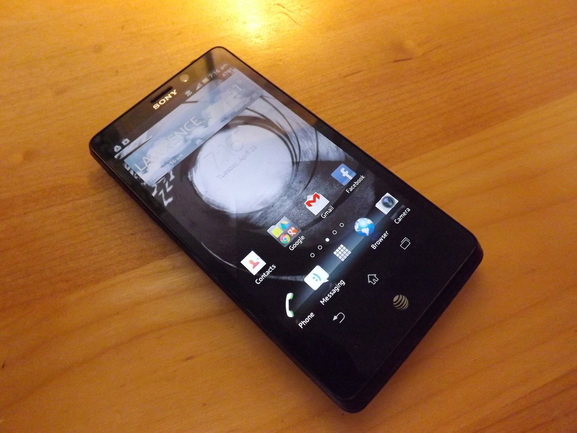
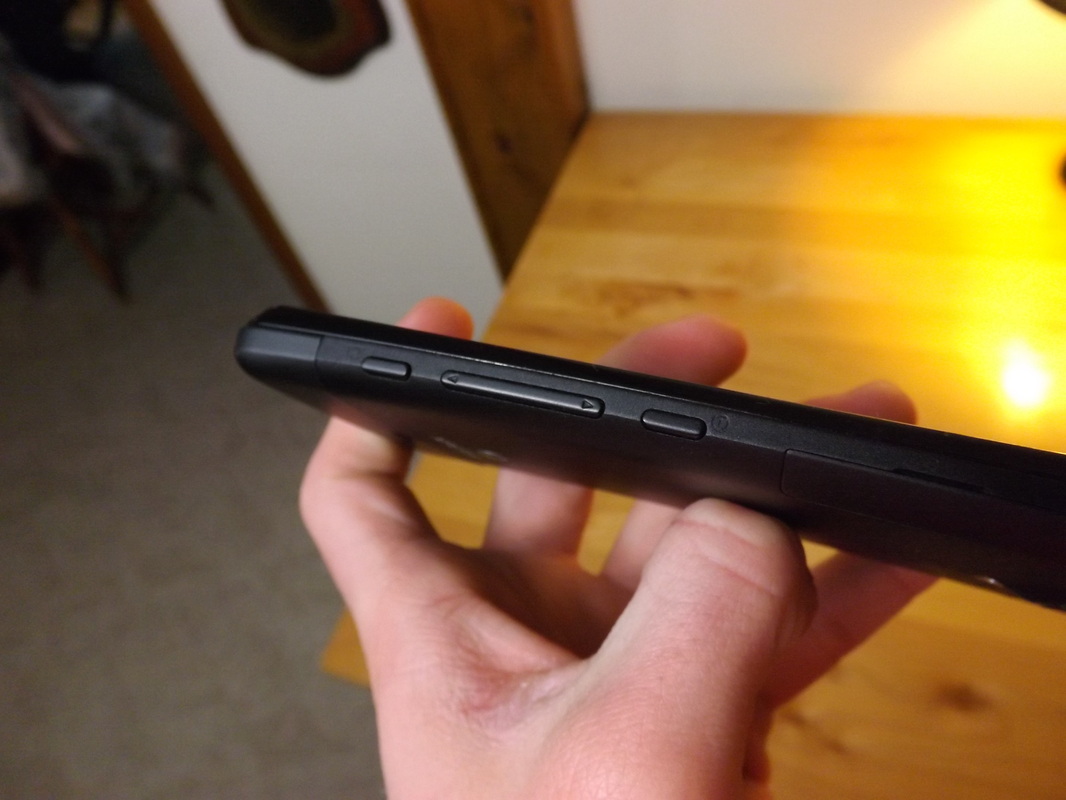
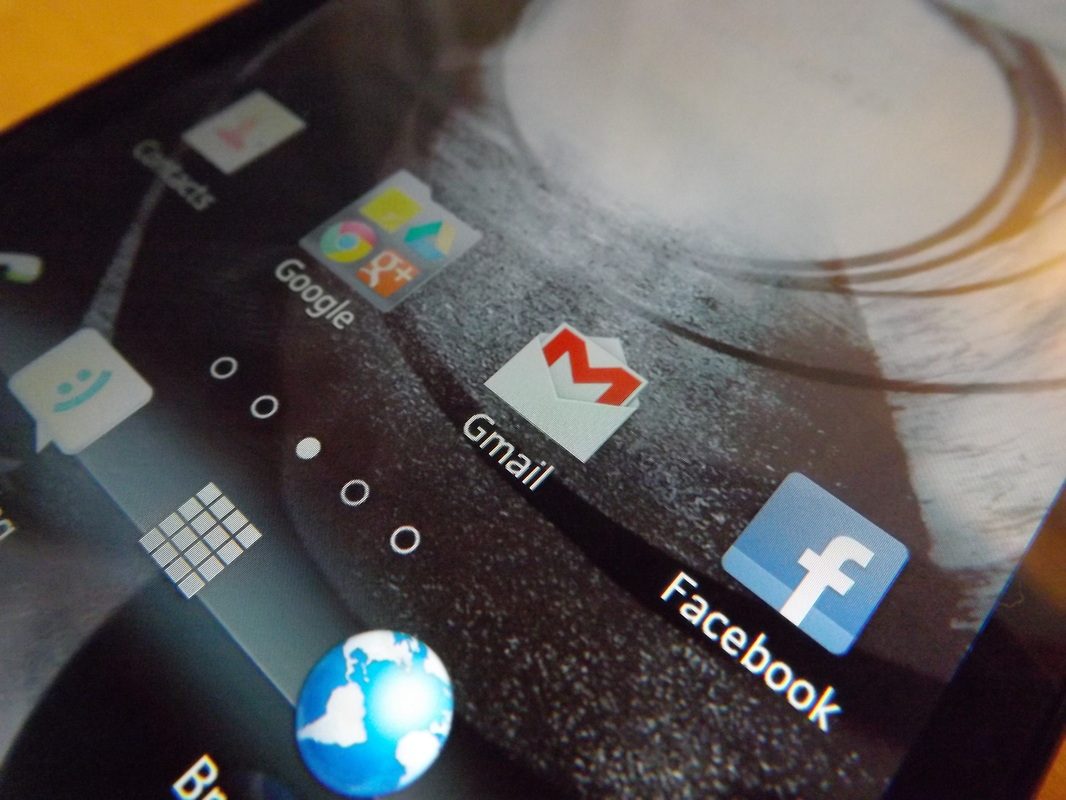
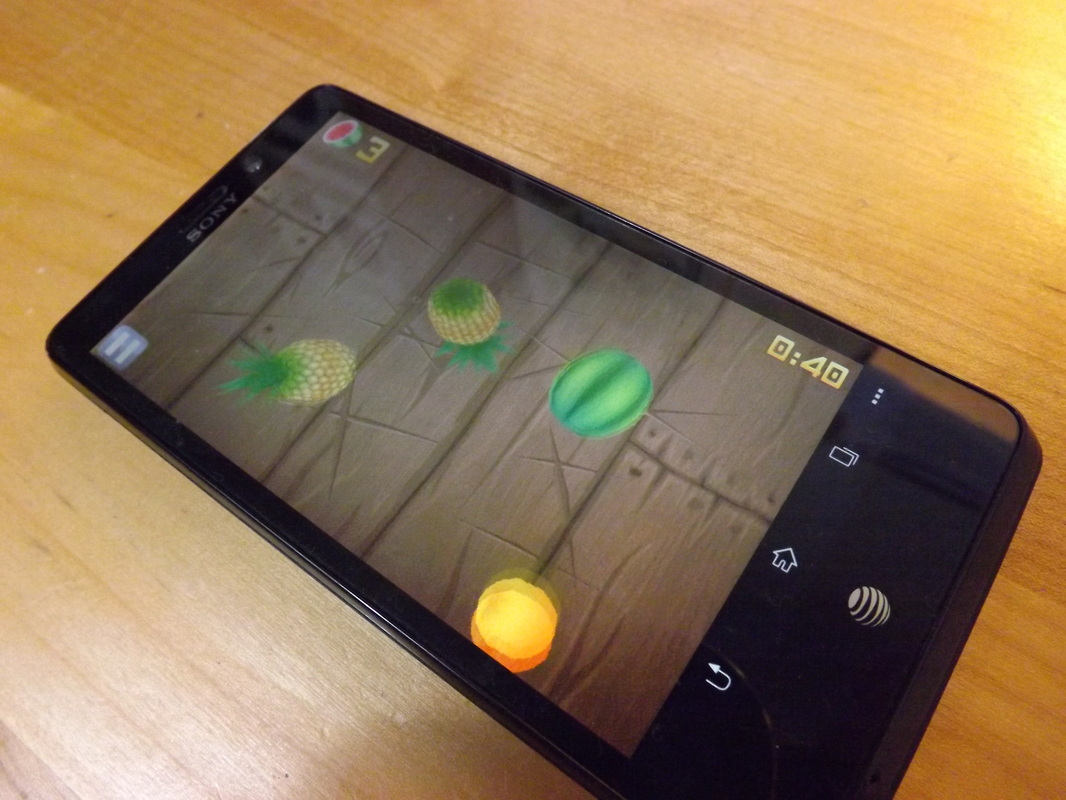
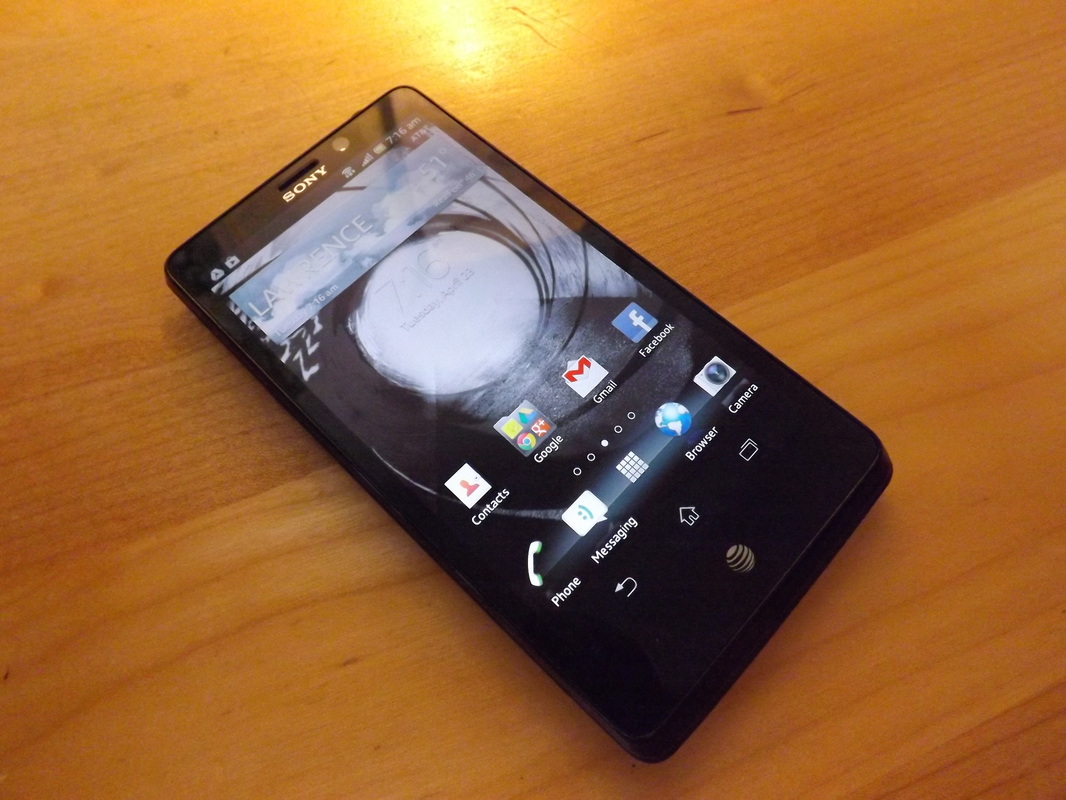
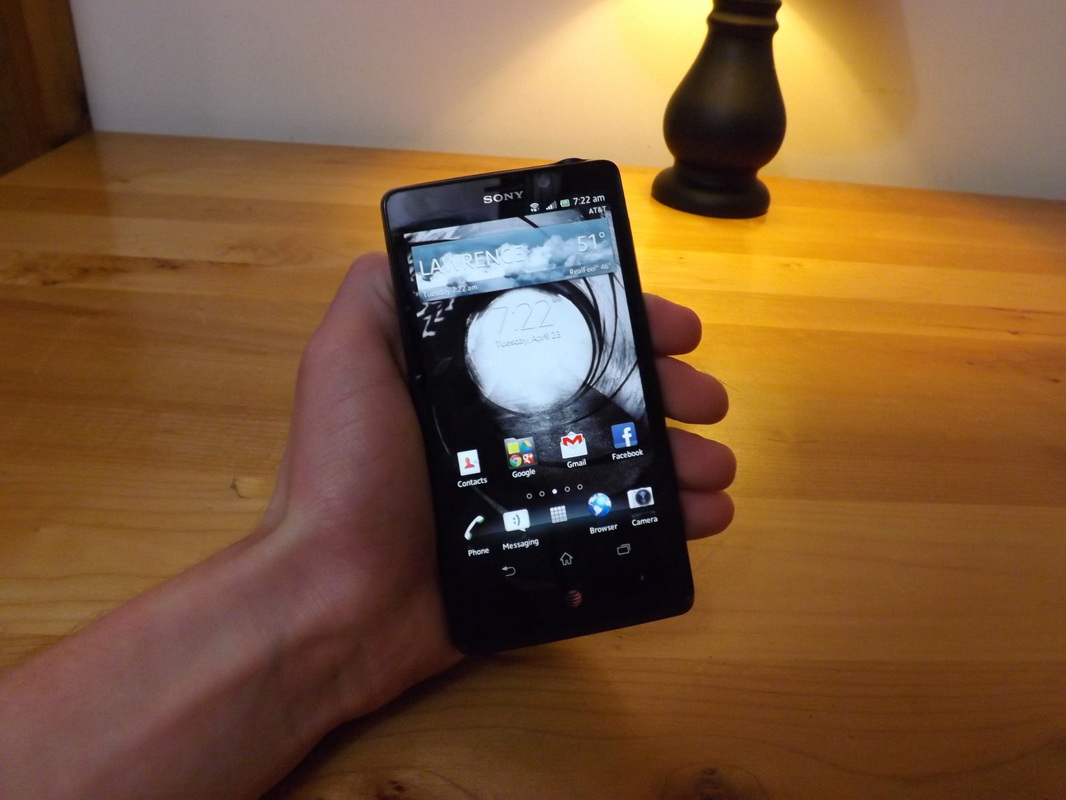
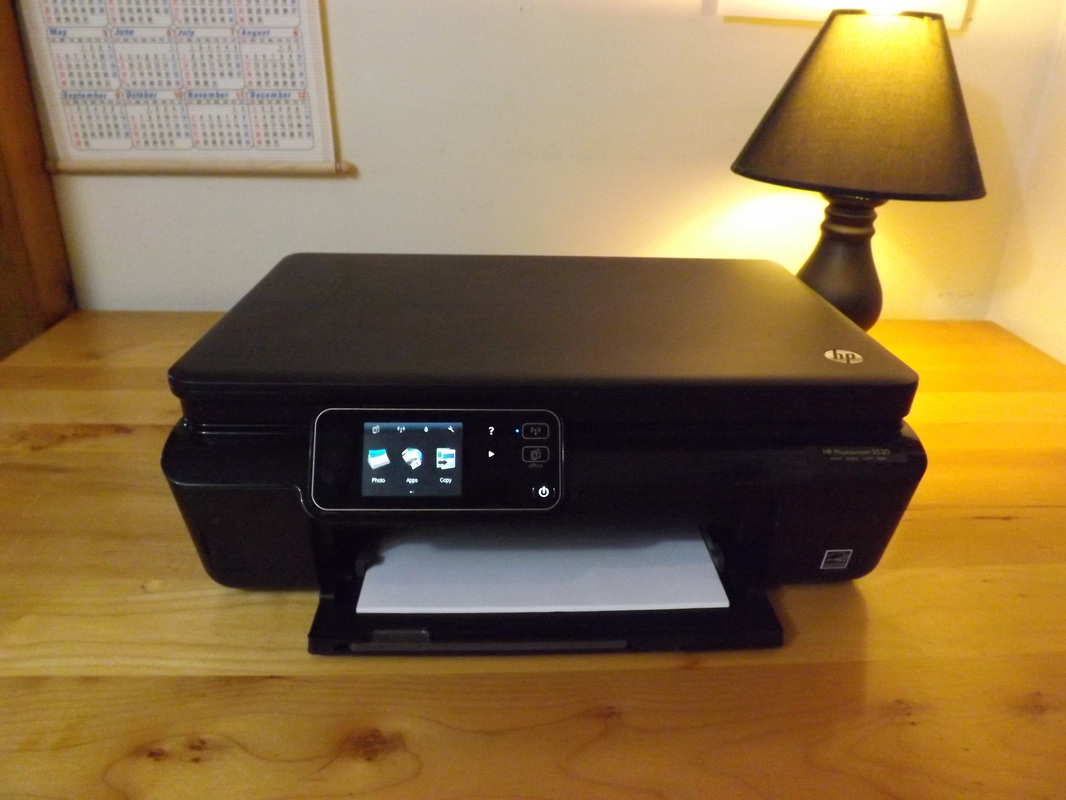
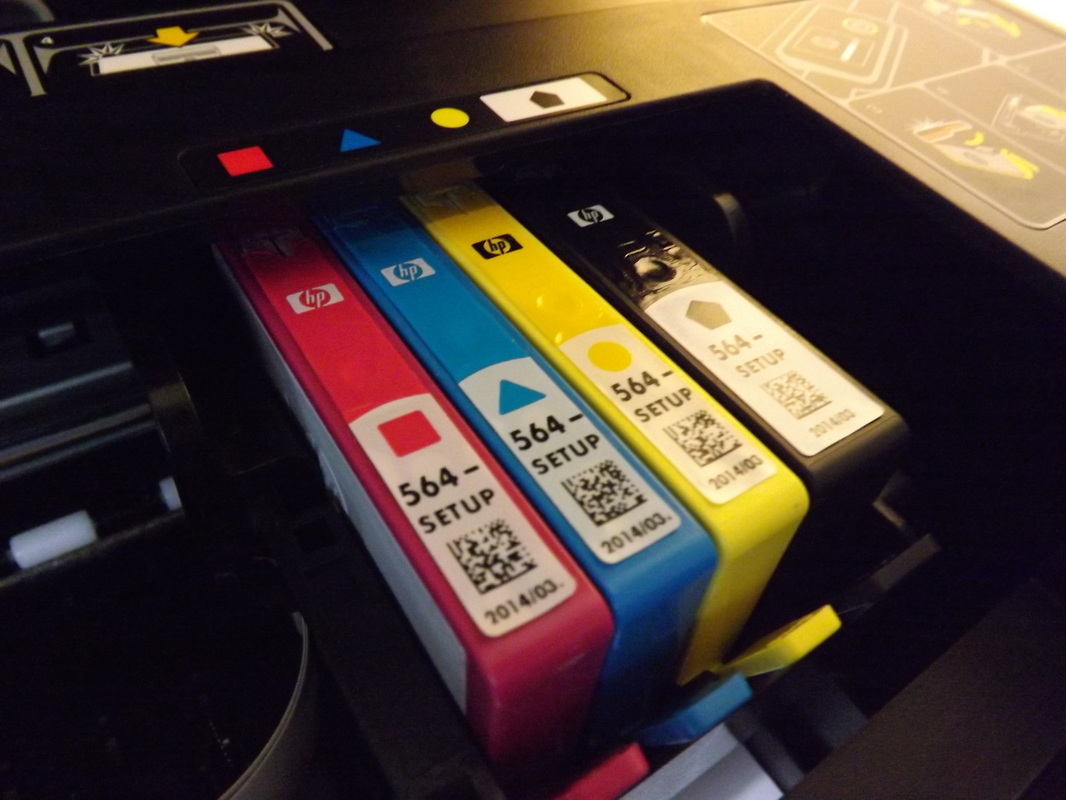
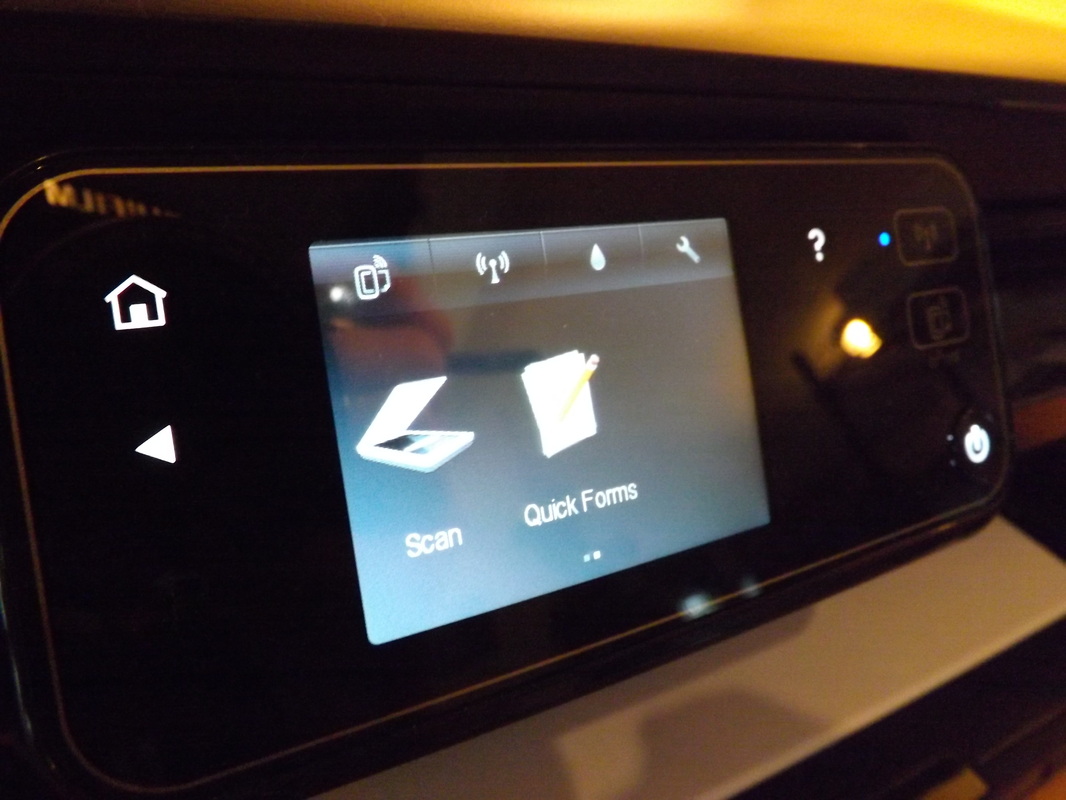


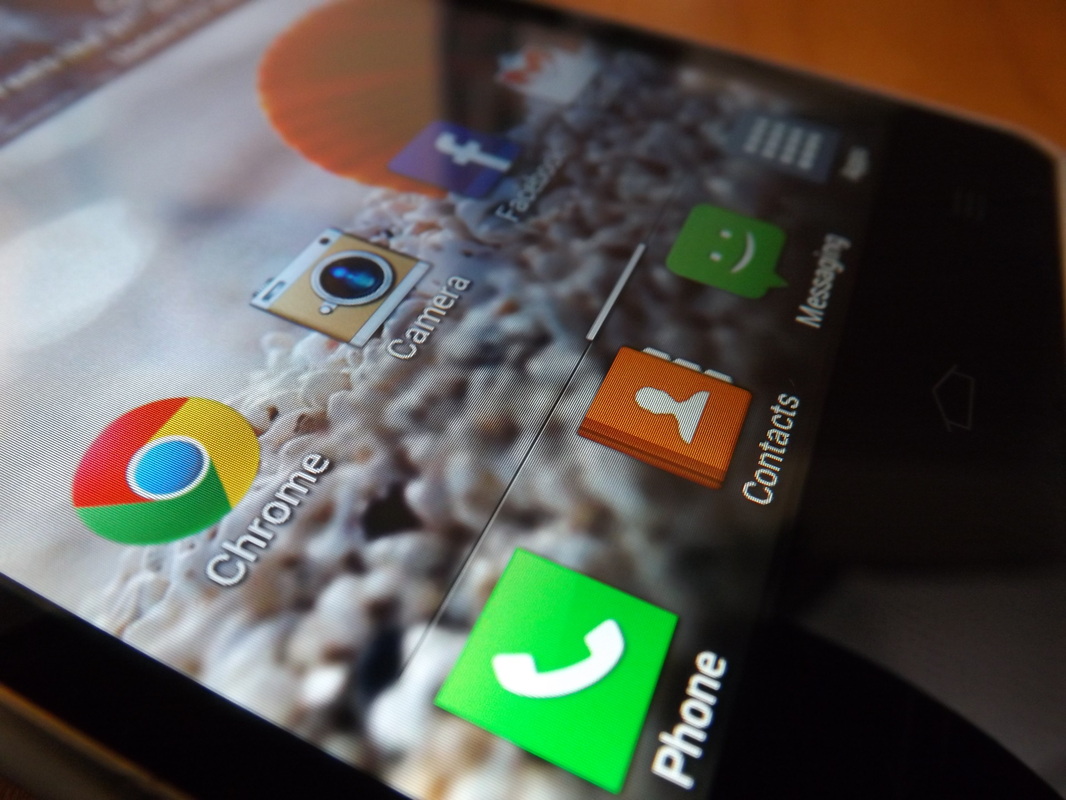
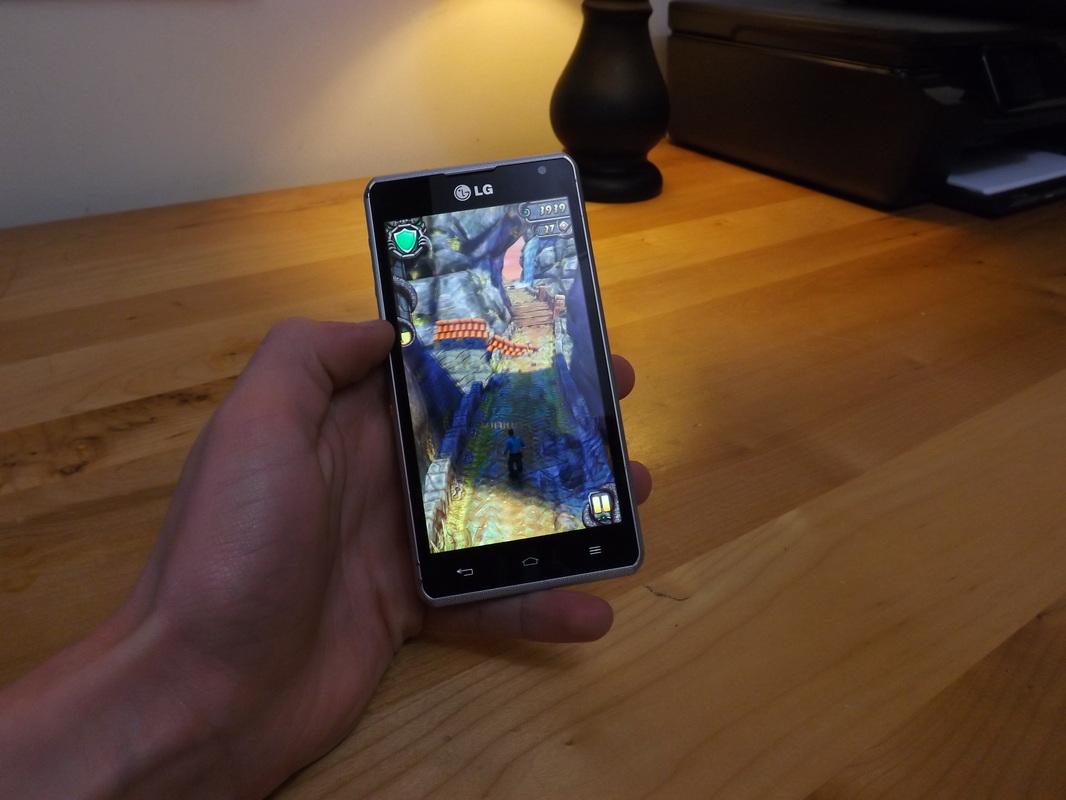
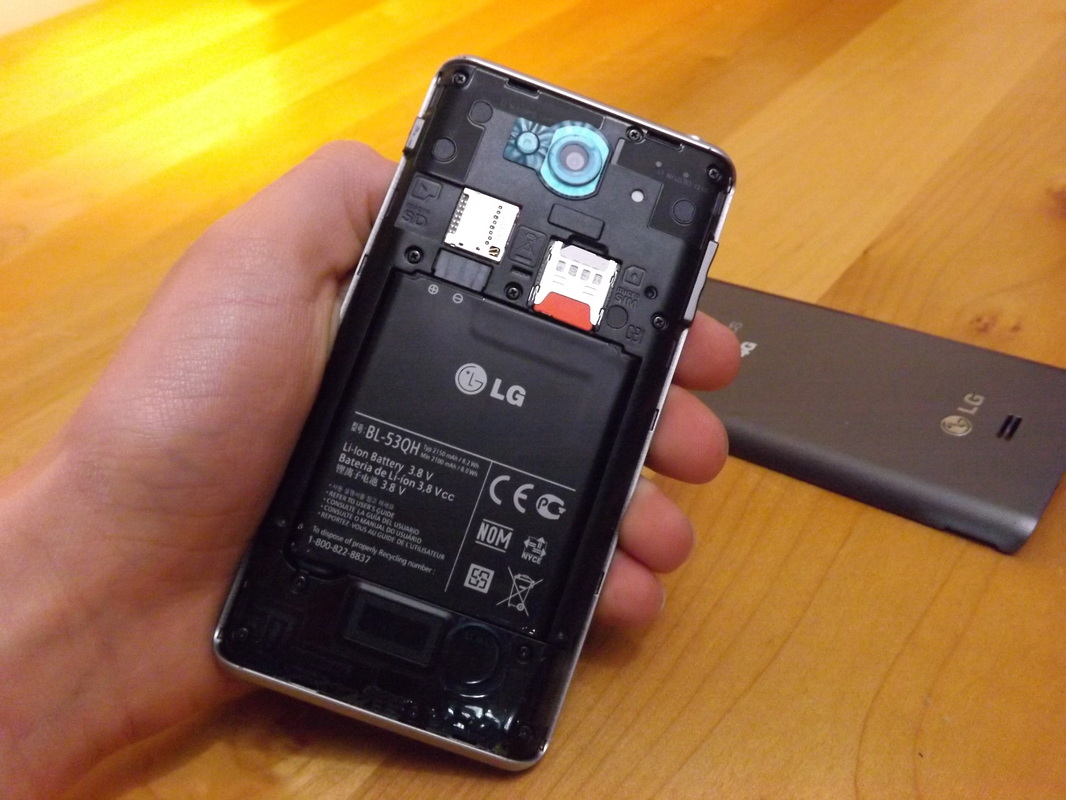
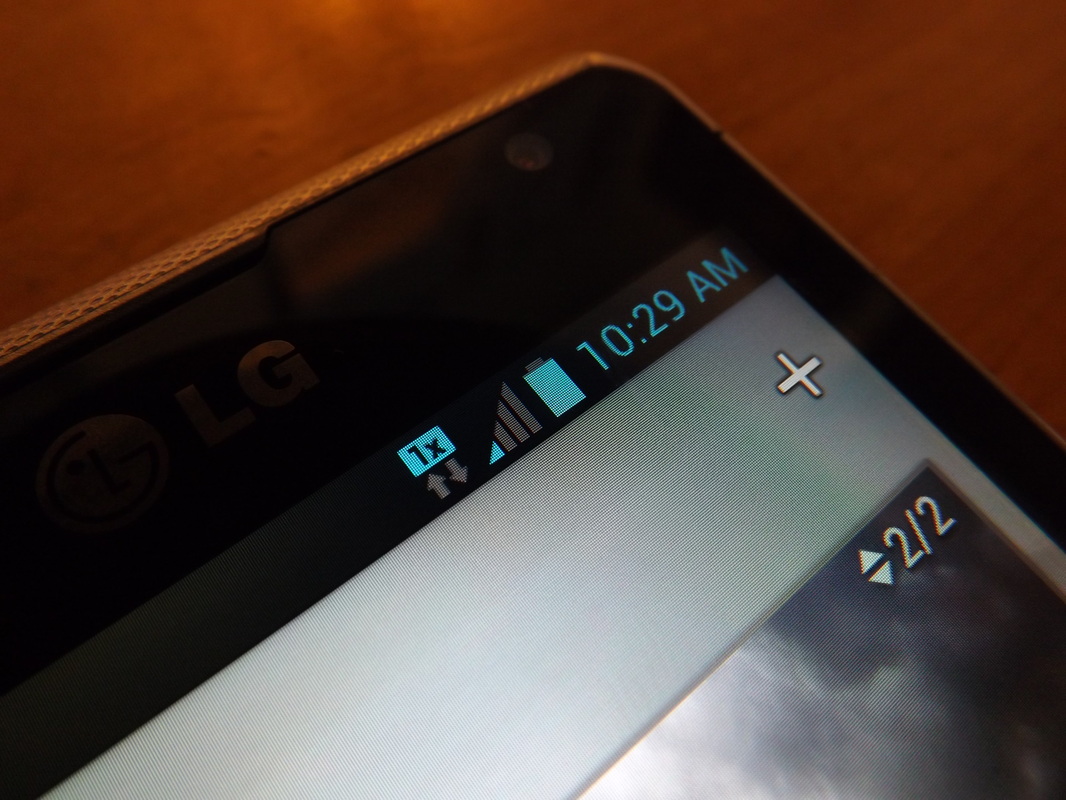
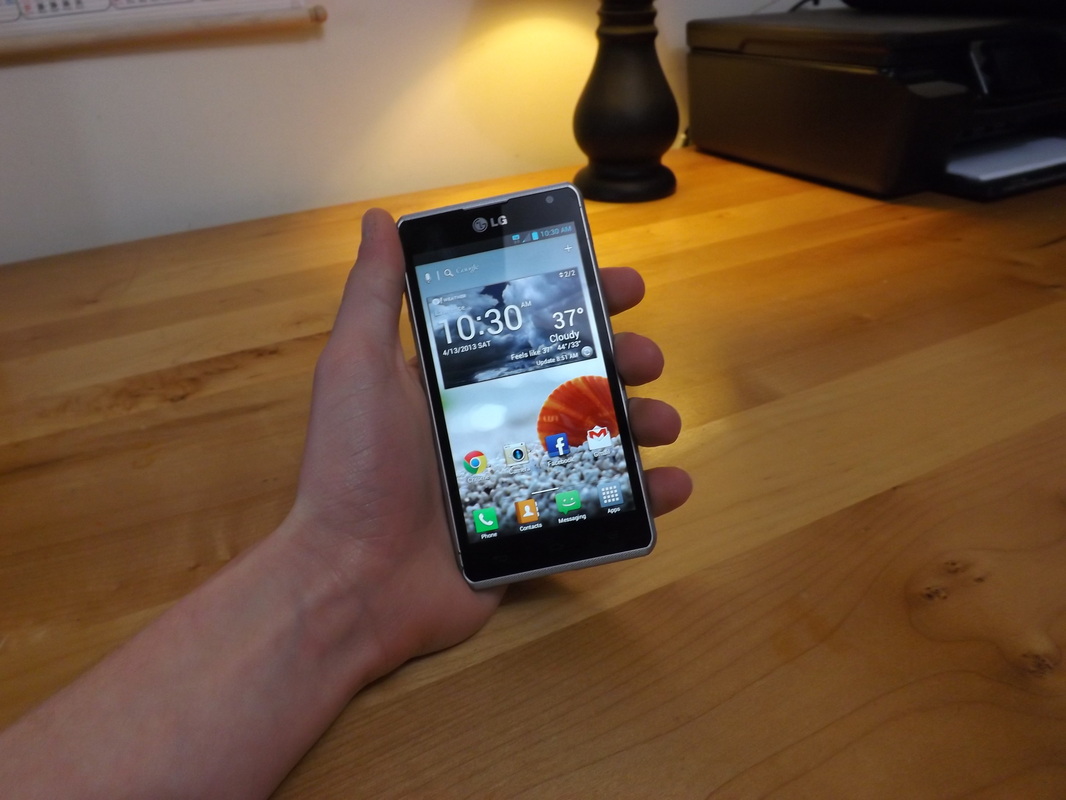

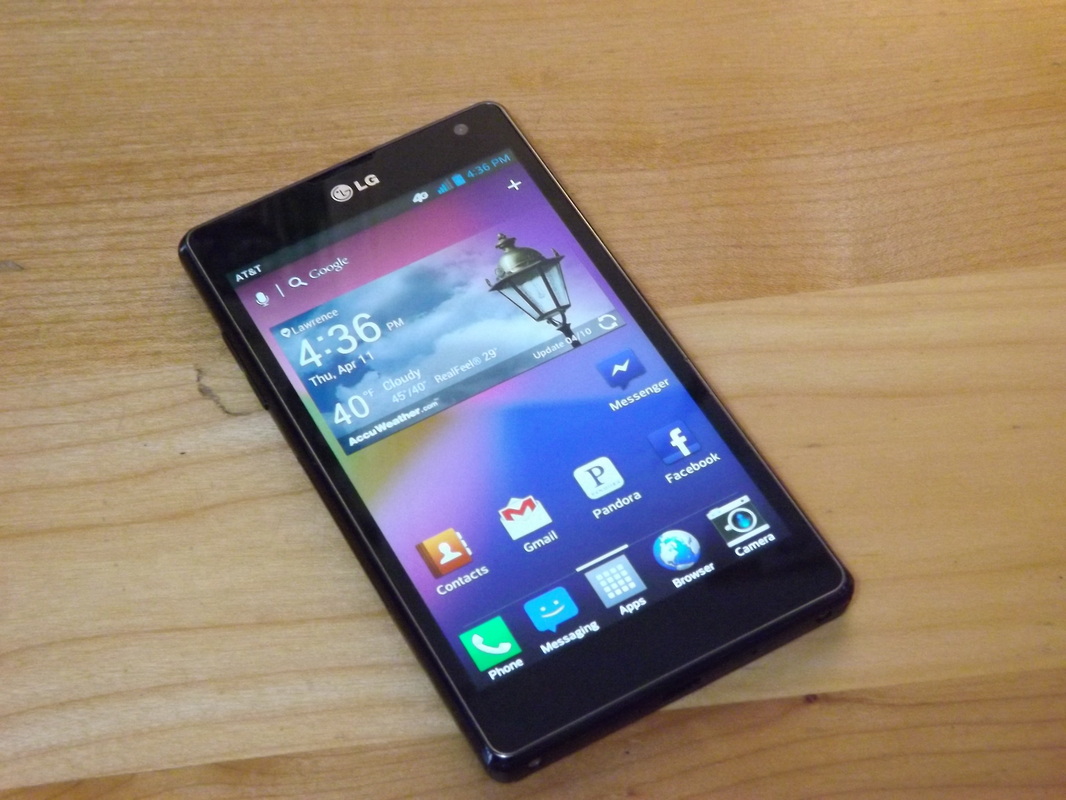






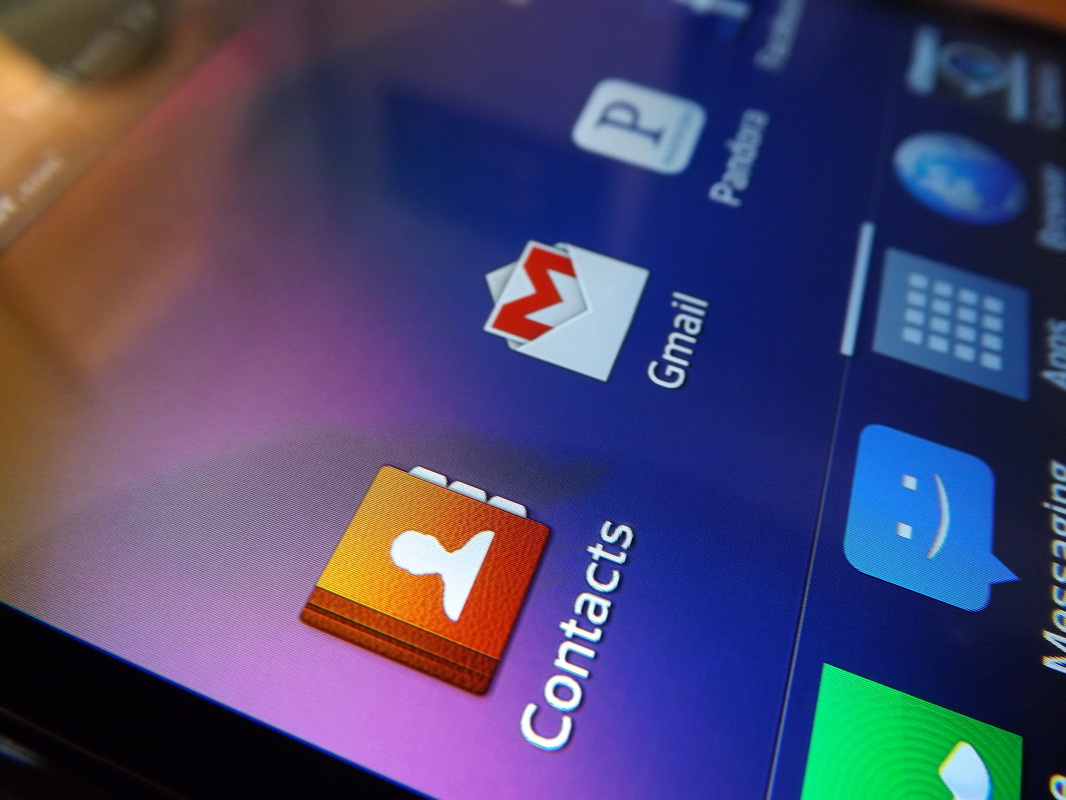
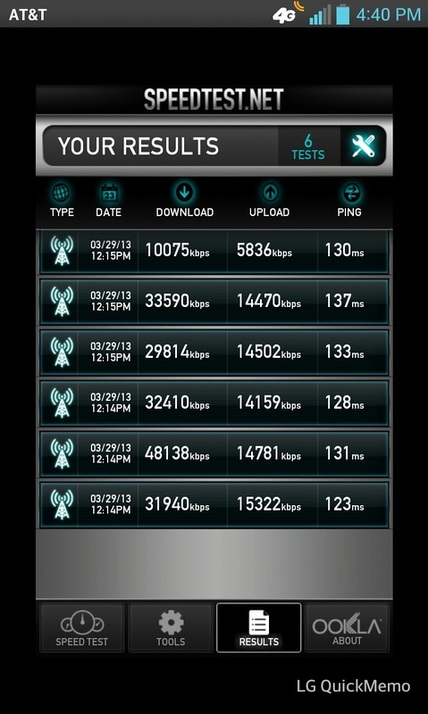
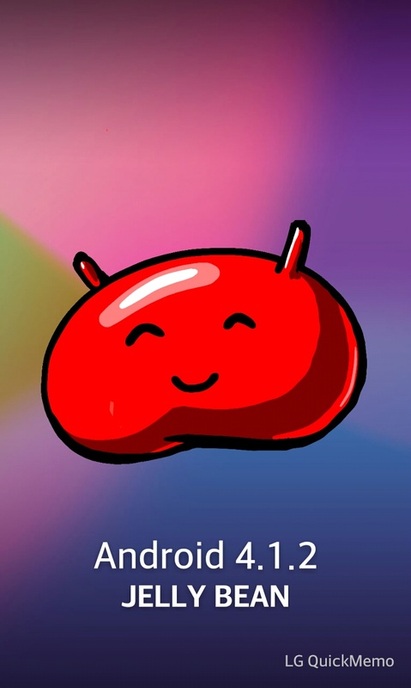
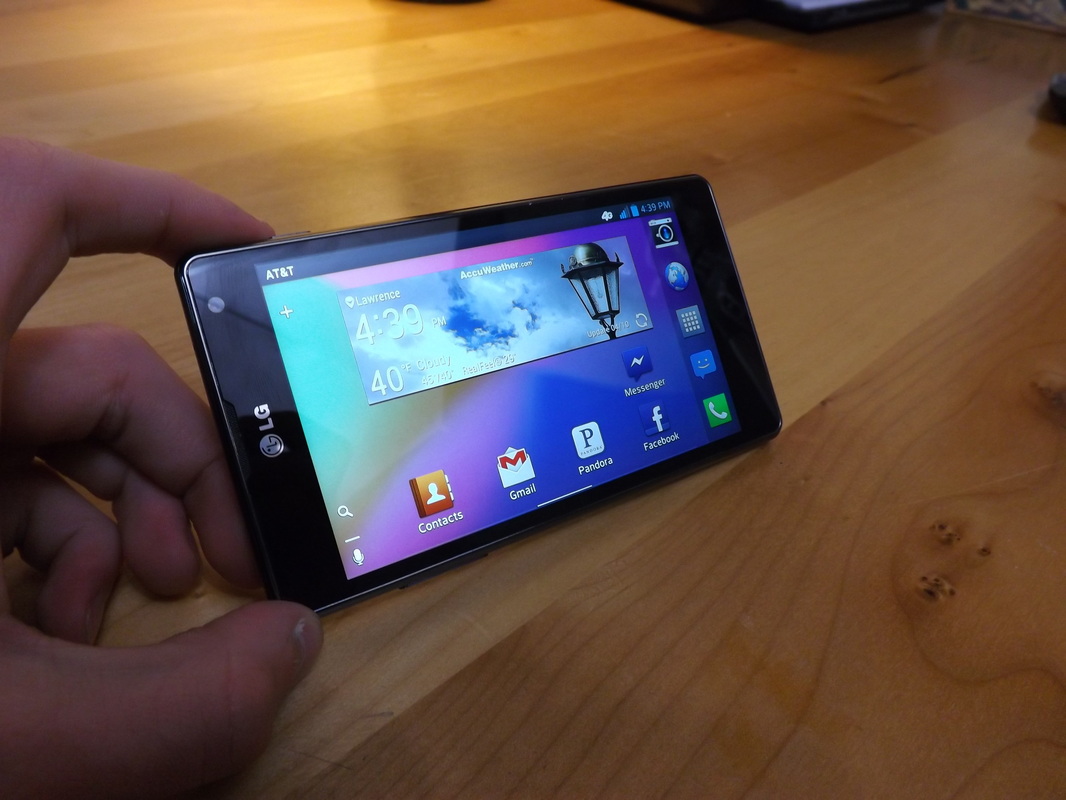
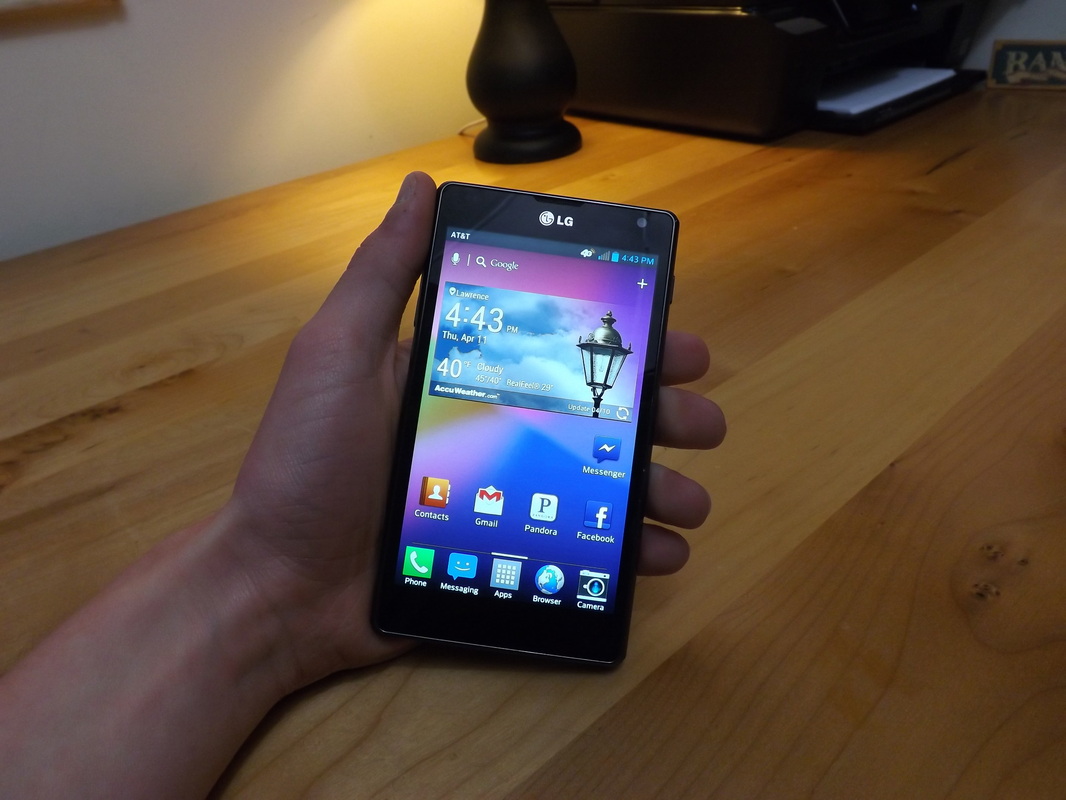
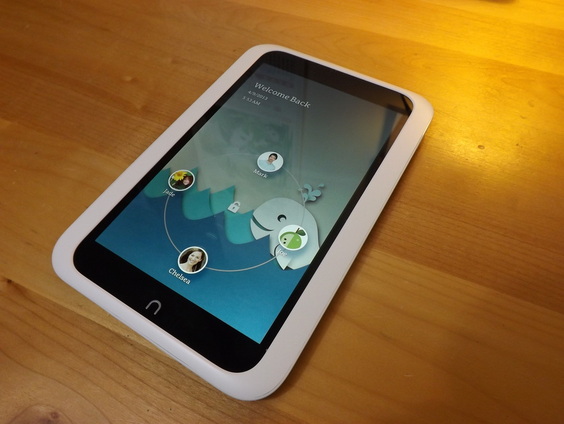
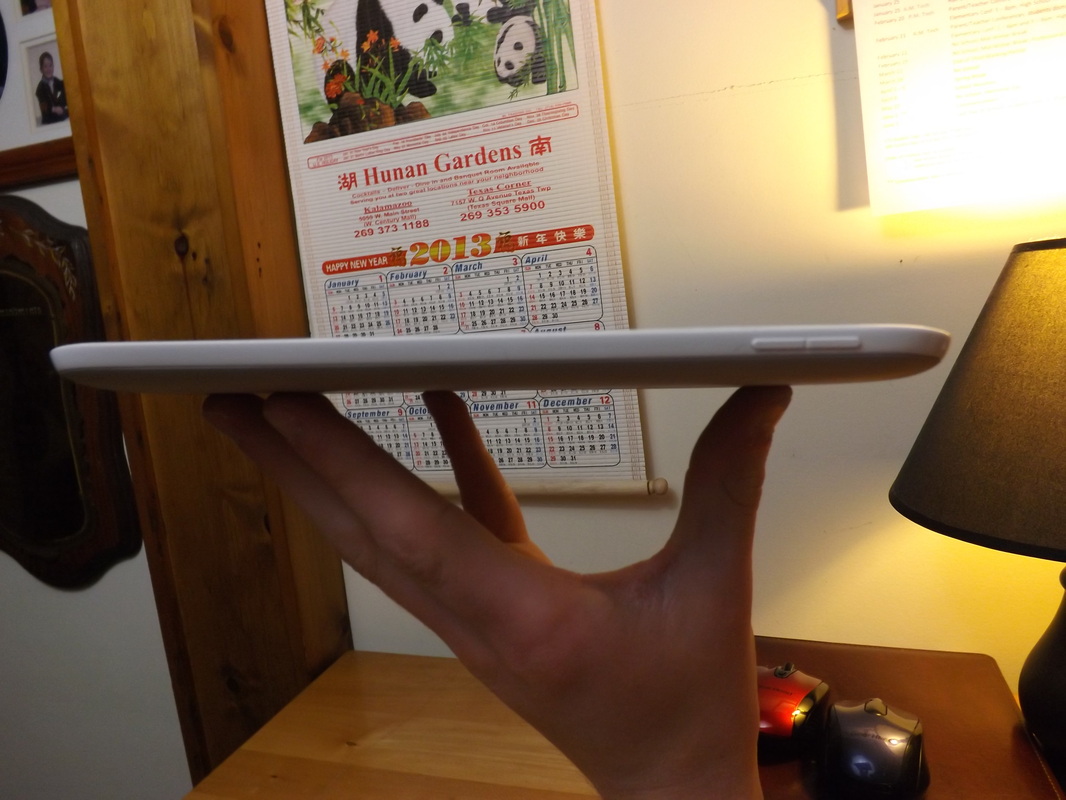
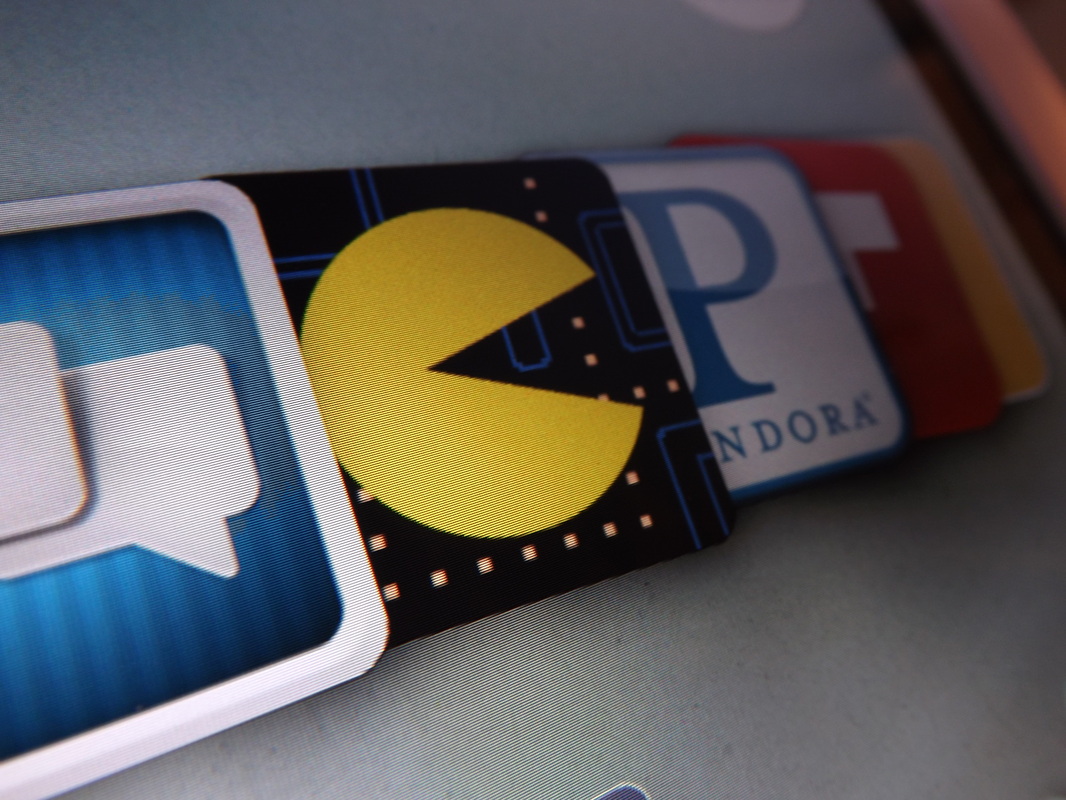
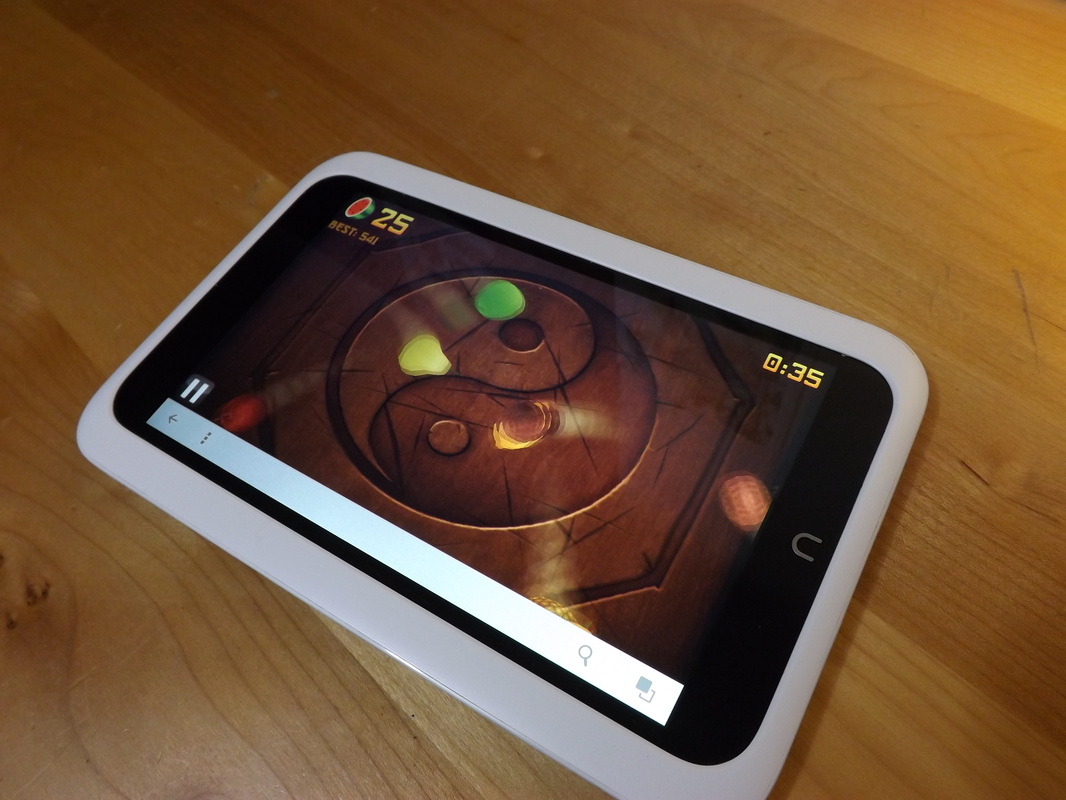
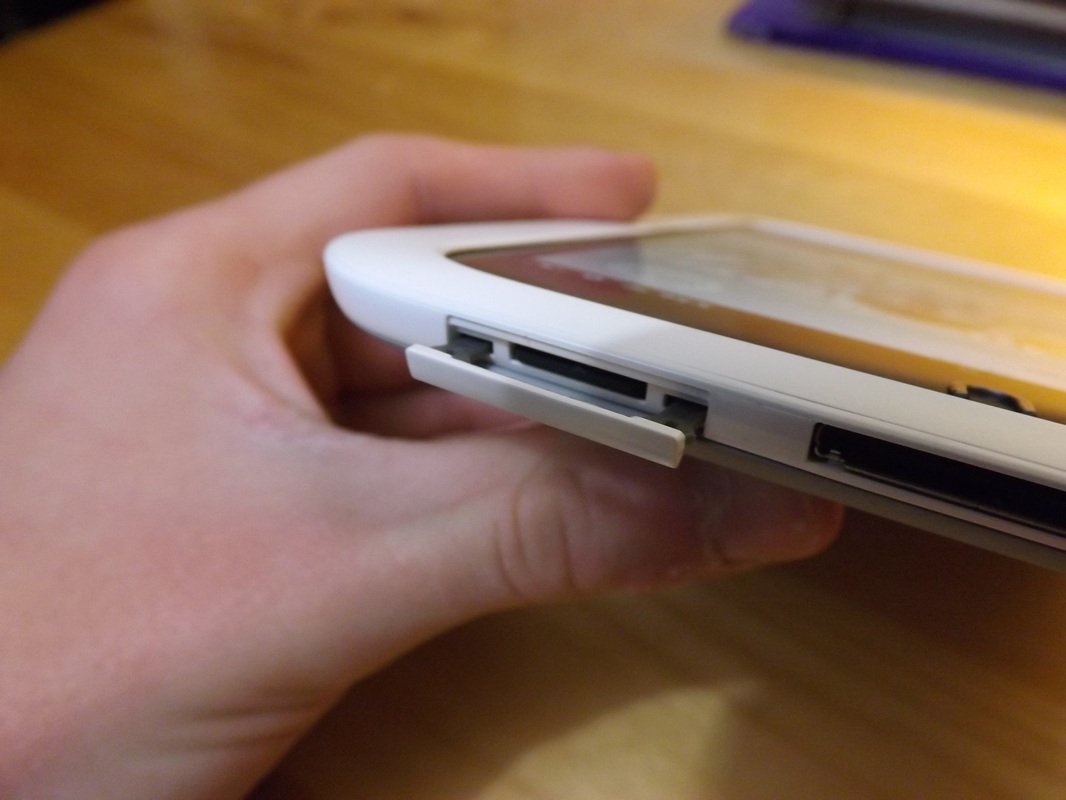

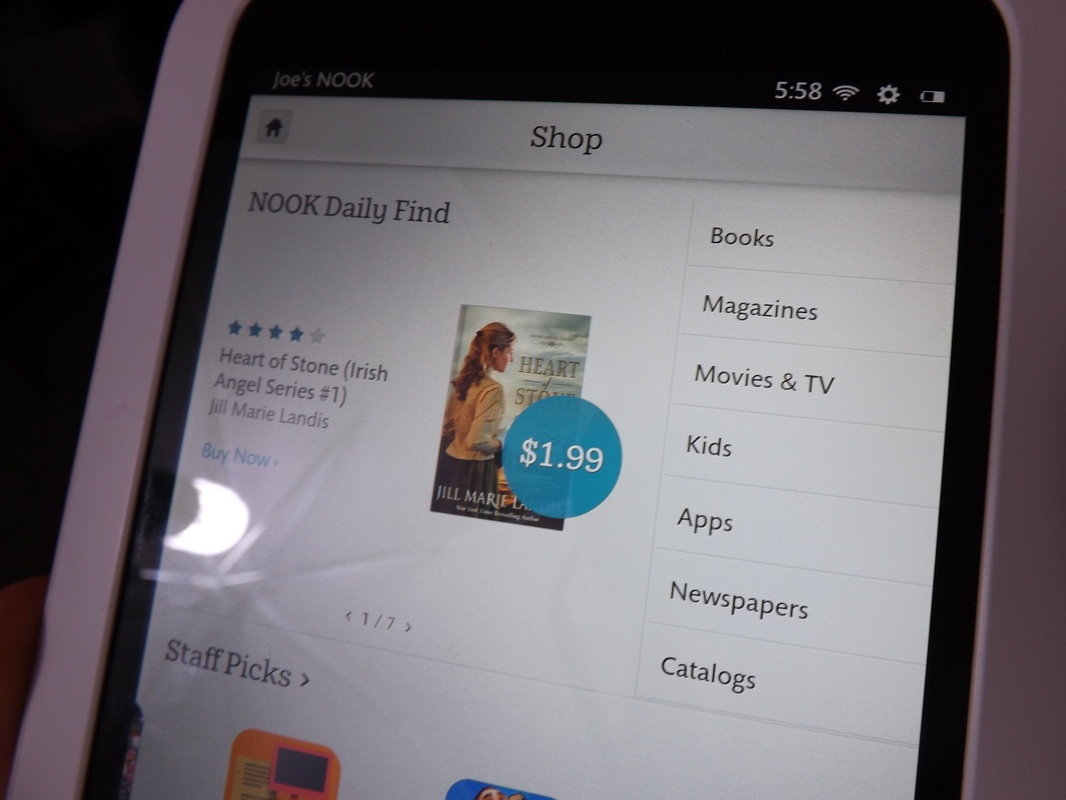
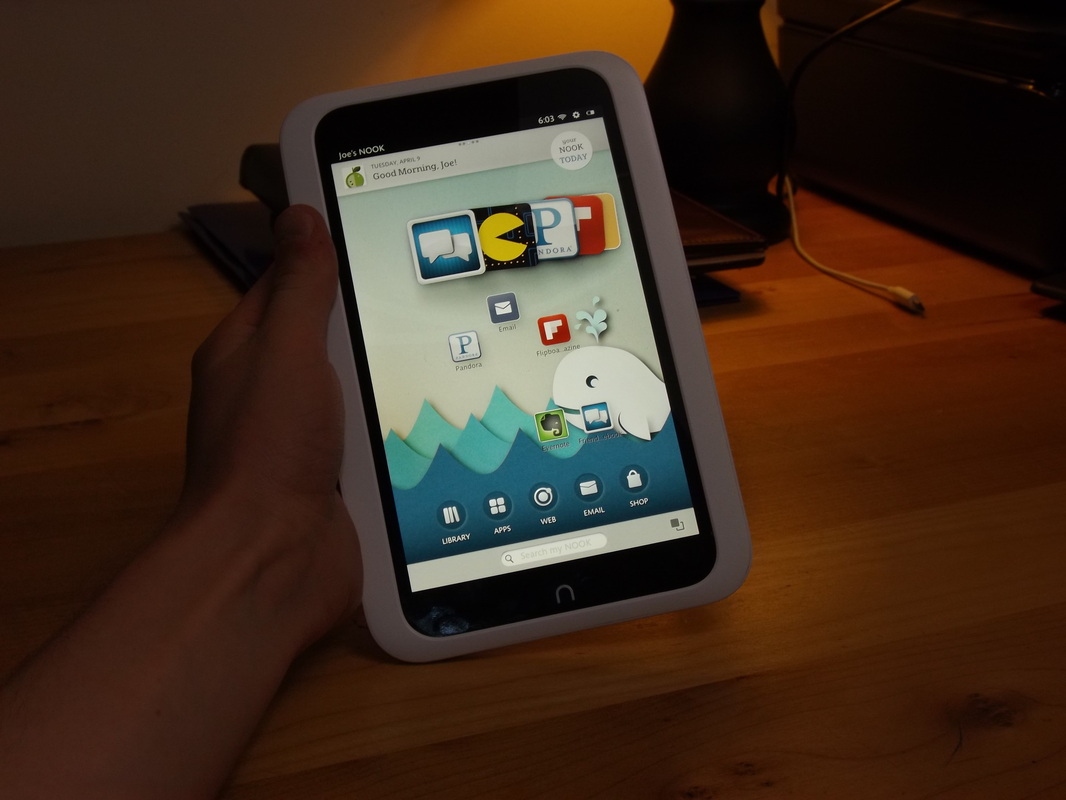
 RSS Feed
RSS Feed